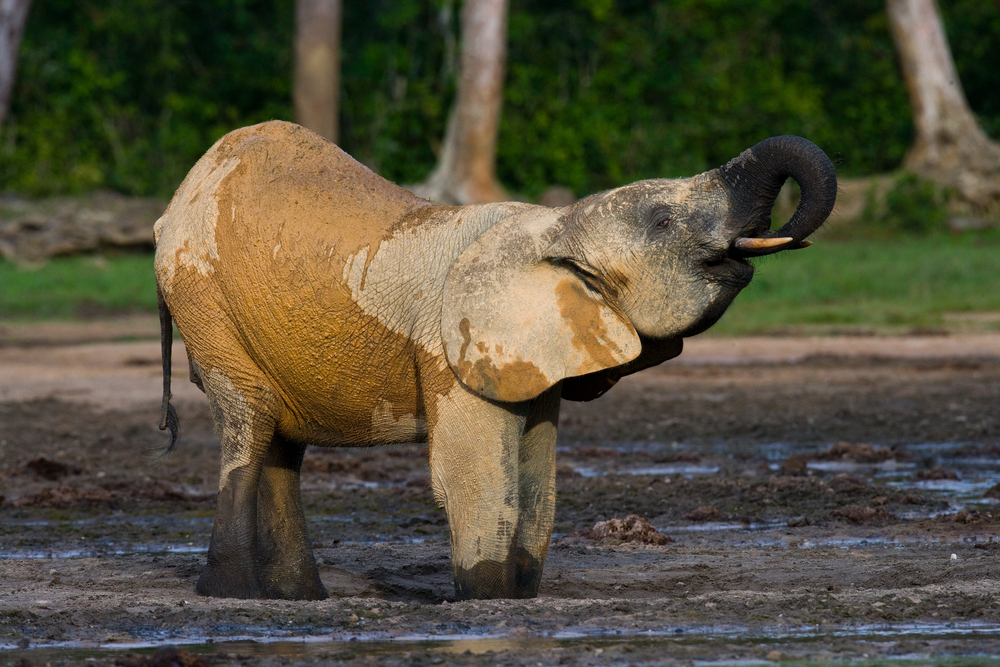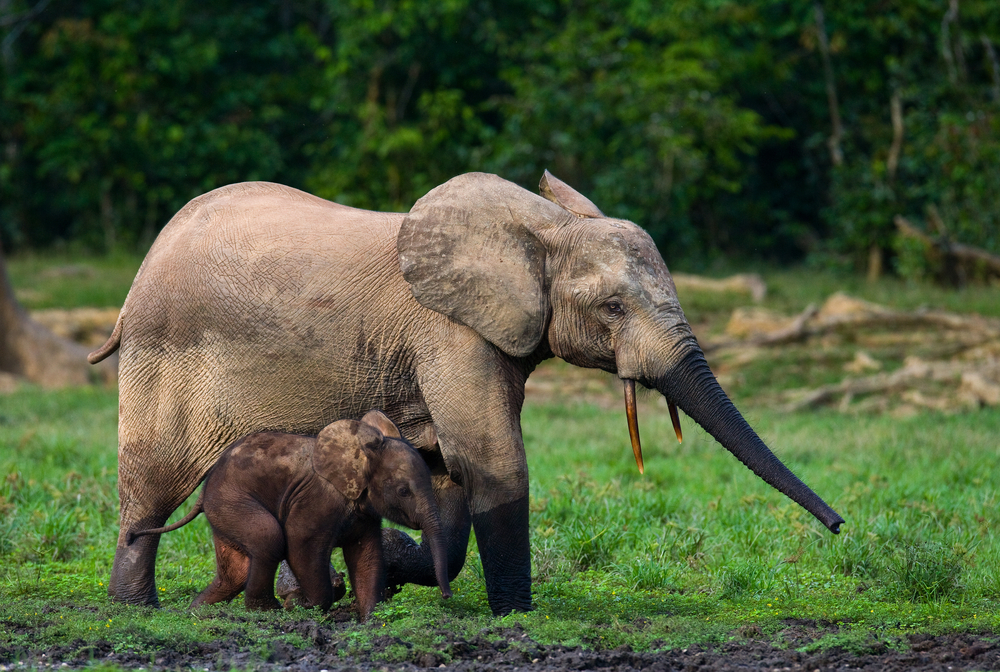Dzanga-Ndoki National Park is renowned for its rich biodiversity, pristine rainforests, and unique wildlife encounters, notably for its habituated western lowland gorillas and forest elephants.
Dzanga-Ndoki Overview
Dzanga-Ndoki National Park, locally known as Parc National Dzanga-Ndoki, is one of Central Africa’s most treasured wilderness areas, located in the southwestern region of the Central African Republic. Established in 1990 and encompassing approximately 1,222 square kilometers (472 square miles), the park is a crucial component of the Sangha Trinational Protected Area, a UNESCO World Heritage Site shared with Cameroon and the Republic of Congo. It is celebrated for its exceptional biodiversity, pristine rainforest landscapes, and innovative conservation initiatives.
The park is divided into two main sections: the Dzanga sector and the Ndoki sector, separated by the Sangha River. This division allows for distinct ecological zones, with lush tropical rainforests dominating the landscape. The area is dotted with natural clearings known as bais, including the famous Dzanga Bai, a mineral-rich clearing that attracts a multitude of wildlife.
Dzanga-Ndoki is renowned for its large population of forest elephants, which congregate at Dzanga Bai to drink, bathe, and socialize. This unique behavior offers visitors an unparalleled opportunity to observe these magnificent animals in their natural environment. The park is also home to the western lowland gorilla, and guided treks provide an intimate look at these critically endangered primates. Other notable wildlife includes chimpanzees, bongo antelopes, red river hogs, and predators such as leopards. Smaller mammals, including pangolins and civets, thrive in the park’s dense undergrowth.
Birdlife is abundant, with over 350 recorded species, making Dzanga-Ndoki a paradise for birdwatchers. Iconic birds such as the great blue turaco, hornbills, and African grey parrots inhabit the forest canopy, while waterbirds like ibises and herons frequent the rivers and wetlands. Seasonal migrations add to the park’s avian diversity, enriching the ecosystem throughout the year.
The park’s flora is equally captivating, with towering rainforest trees such as mahoganies and ebonies forming a dense canopy. The bais are surrounded by grasses and mineral-rich soils, which sustain a variety of herbivores and provide crucial nutrients for forest ecosystems. These forests are not only vital for wildlife but also play an important role in carbon sequestration, making Dzanga-Ndoki an essential asset in the global fight against climate change.
Dzanga-Ndoki National Park is a leader in conservation efforts, managed collaboratively by the Central African Republic government and international partners like the World Wide Fund for Nature (WWF). Anti-poaching initiatives, community engagement programs, and scientific research projects have significantly contributed to the park’s ecological integrity. The park’s ecotourism activities also promote sustainable development, providing local communities with economic incentives to protect their natural heritage.
Visitors to Dzanga-Ndoki can embark on unforgettable wildlife safaris, guided gorilla treks, and canoe trips along the tranquil Sangha River. The park’s remoteness and untouched landscapes offer a sense of wonder and connection with nature, making it a must-visit destination for adventurers and conservationists alike.
In summary, Dzanga-Ndoki National Park is a jewel of Central Africa, offering unparalleled opportunities to experience the region’s rich biodiversity, stunning landscapes, and groundbreaking conservation efforts.
Park Map
Dzanga-Ndoki National Park Highlights
Engaging Dzanga-Ndoki
Dzanga-Ndoki National Park Trails
FAQ’s
1. What is Dzanga-Ndoki most known for?
2. What is the lowland gorilla population within the park?
The lowland gorilla population within Dzanga-Ndoki National Park is estimated to be around 2,000 individuals.
3. What is the elephant population within Dzanga-Ndoki?
As for the elephant population, there are approximately 3,500 forest elephants inhabiting the park.
Related National Parks More CAR
Sources
- Dzanga-Sangha, The Dzanga Sangha Protected Areas, https://dzanga-sangha.org/facts-infos/, retrieved April 2024.
- GRID, Dzanga Ndoki, https://www.grida.no/resources/1509, retrieved April 2024.
- UNESCO, Sangha Trinational, https://whc.unesco.org/en/list/1380/, retrieved April 2024.

















































































